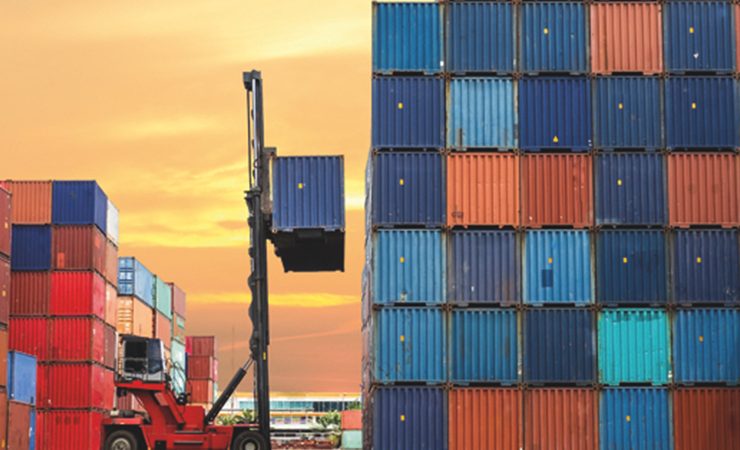‘Resiliency’ is to be a watchword in the future of packaging supply chains, as the industry seeks to recover from the deep and long-lasting effects of the global coronavirus pandemic in 2020, and which has continued into 2021.
This is one of the findings from market research firm Smithers and its dedicated study, Impact of Supply Chain Disruption on the Packaging Industry to 2026, in which the ‘deep and enduring effect’ on packaging supply chains caused by the disruption of 2020 is laid bare. This has included soaring prices for polymer resins and other raw materials, creating a new imperative for businesses to reappraise their supply chain, purchasing and logistics strategies.
The Smithers’ report details how packaging supply chains will evolve over the next five years, impacting each phase of the supply chain for different packaging materials, and within the context of changing consumer and brand owner perspectives for the future.
Smithers has thus identified five short-term challenges that will need to be negotiated as the packaging industry looks to move beyond Covid-19, including:
- Overall packaging demand worldwide fell across 2019-2020, although sales of food, medical devices and pharmaceuticals held up well. Other industries, like personal care and consumer goods, saw a much sharper fall off in demand. Suppliers need to prioritise and protect these essential channels, while being flexible enough to aid those worse effected segments to rebound quickly in 2021;
- Closure of raw material supplier facilities in 2020 led to a shortage of some materials into 2021, and necessary maintenance work postponed during the Covid period has had to be rescheduled for the first half of 2021;
- For plastics, resin prices have risen to record levels, as a post-Covid surge in demand has combined with increased shipping costs, and temporary weather-related shutdowns in North America during February and March 2021. This has led in the short term to force majeure announcements. Stability will return in the medium term, but cheaper imports will continue to pressurise EU polyolefin manufacturing;
- The re-emergence of sustainability concerns in packaging, including new legislative targets for minimum recycled content in plastic formats, which is prioritising the sourcing and processing of post-consumer recycled (PCR) resins in place of virgin feedstocks; and
- Increased consumer use of e-commerce channels in 2020 and beyond is a positive for the industry, and corrugated board companies in particular; but e-commerce sales also call for compact, sustainable designs and alternative materials.
Once stability returns there will be direct changes in supply chains for packaging in the medium term, and among the most important identified by Smithers’ survey are:
- Reshoring supply of raw materials and greater inventory to protect against future demand shocks;
- An emphasis on sourcing sustainable materials, with a higher priority given to recycled and recyclable packaging generally, and PCR PET and other plastics in particular;
- An impetus towards more vertical integration, particularly amongst larger packaging companies, to give better oversight of supply chains and greater control over material supply to enable them to achieve future sustainability targets; and
- The need for packaging to complement the post-Covid trend for CPG brands to emphasise a more personalised user experience, in online and conventional sales.
Whilst the Smithers Impact of Supply Chain Disruption on the Packaging Industry to 2026 study can be purchased here, these topics and more will also be widely addressed at the Digital Print for Brand Success 2021 conference – www.digitalbrandconf.com.


